Category: Latter-day Saint Thought
-
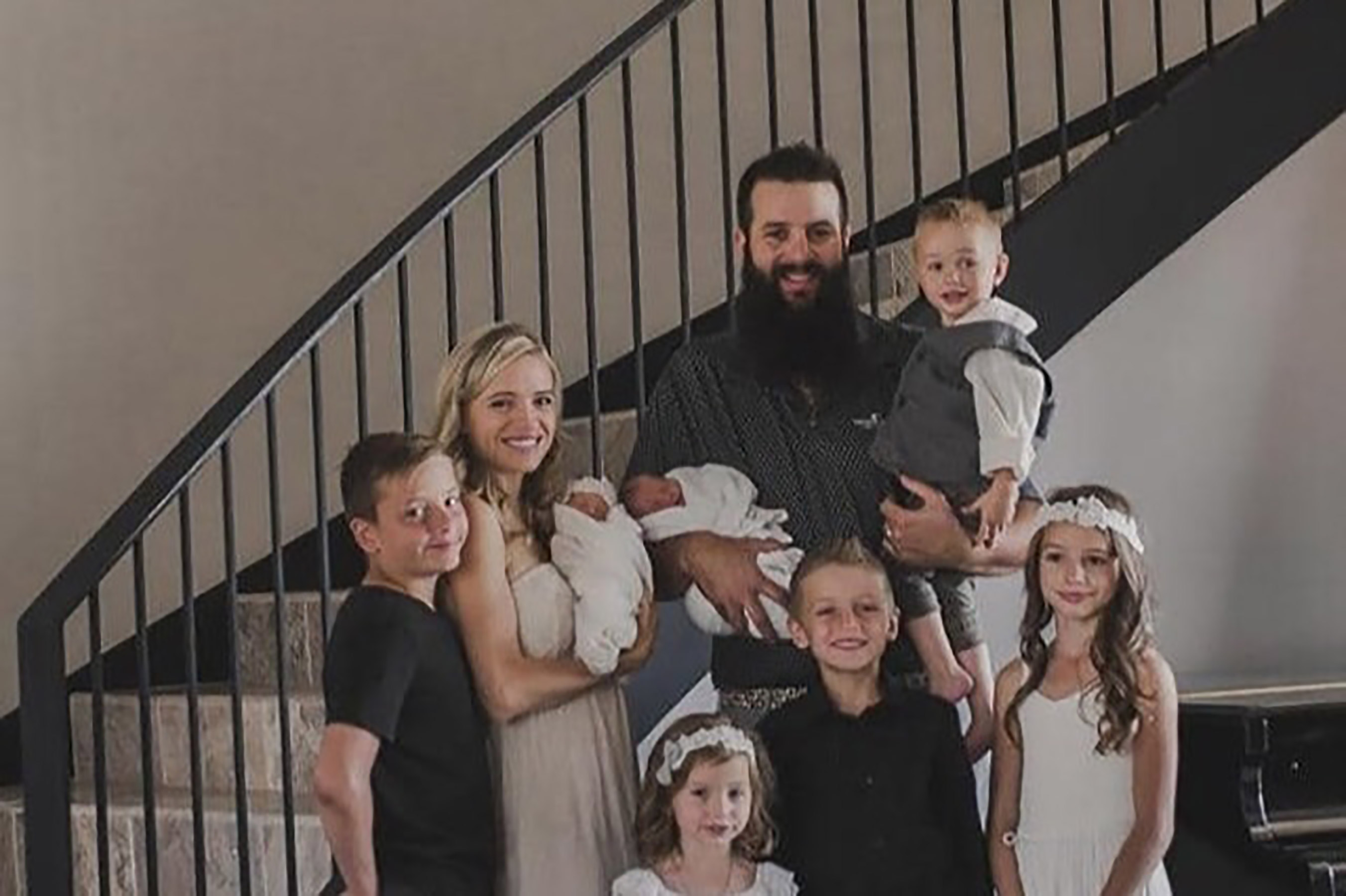
They are closer than you think
I read with horror the news this week that 9 fundamentalist Mormons in Northern Mexico were murdered, as did many of you. But at first, no doubt like many church members, I thought that this news had nothing to do with me. After all, they aren’t members of the Church, as the public affairs statement made…
-

Documents and Dialogic Revelations
Joseph Smith began his ministry with a wealth of visions and revelations. Many among these were what have been called dialogic revelations–answers given by God to Joseph Smith in response to questions or specific situations. Written documents phrased as God speaking through Joseph Smith have been treated with particular weight, both by early Latter Day…
-

Call for Proposals: Mormon Scholars in the Humanities Conference
Mormon Scholars in the Humanities (MSH) invites proposals for its 2020 annual conference. The conference topic this year is Aesthetics, and papers or panels organized around the theme are encouraged. The deadline for submitting a proposal abstract is this Friday, November 1. The culture that surrounds the Church of Jesus Christ of Latter-day Saints has had…
-
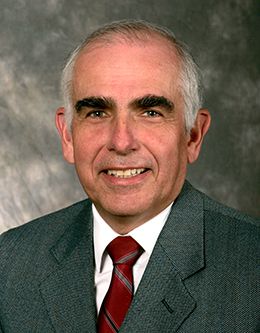
Temples, Sacrifices, and Revelations
Temples hold a central place in Latter-day Saint history. The narrative of building the Kirtland and Nauvoo Temples and the impact it had on our theology is a dominant theme of the early Church. Even going beyond that, however, much of the history that followed has temples looming in the background, even though it would…
-
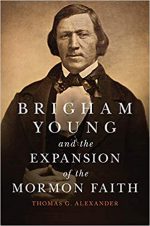
Brigham Young and the Expansion of the Mormon Faith, a Review
Back in June, Clark Goble mentioned that he was going to write a review of Thomas G. Alexander’s new biography Brigham Young and the Expansion of the Mormon Faith. It’s one of many misfortunes among the great losses of Clark passing away that we never had the opportunity to read the review he was planning…
-
Fan Culture and General Conference
Elder Holland’s talk at the conclusion of the Saturday Afternoon session of the April 2019 General Conference, Behold the Lamb of God, is one of the most powerful talks I’ve ever heard or read. I challenge anyone to read or listen or watch the talk and think that Elder Holland was anything other than deadly…
-
First Vision Resources
We were left with a bit of a cliff hanger at the end of general conference this year—the promise of a unique general conference next April celebrating the 200th anniversary of the year Joseph Smith said he experienced the First Vision. President Russell M. Nelson spoke briefly of various events in Church history, including the…
-
A Word of Wisdom or a Commandment?
The revelation that forms the basis of the Latter-day Saint dietary code refers to its contents as “a word of wisdom for the benefit of the Saints in these last days” (D&C 89:1). The Word of Wisdom was treated like its name implies during much of the nineteenth century—wide advise from God, but not a…
-
Hot Drinks and Cold Soda
One aspect of the Word of Wisdom that has long been debated is whether or not all caffeinated drinks should be included under its umbrella. The original revelation specified that hot drinks should not be consumed, which was interpreted to mean coffee and tea. Throughout the twentieth century, the most common explanation for why was…
-
Remembering Clark Goble
This hit my inbox this afternoon: In case you hadn’t heard, Clark Goble just passed away from a stroke.
-
Cores and Corollaries of the Word of Wisdom
The Church recently published some clarifications on issues related to our health code in the New Era magazine and gave them official status in a statement a few weeks later.[1] Essentially, vaping or e-cigarettes, marijuana and opioids, green and iced tea, and coffee-based products are officially prohibited. While we look to the 1833 revelation of…
-
Adiaphora
Adiaphora is a term that has played an important role in Lutheran history but not much in our own, although perhaps it should.
-
Handcarts and History
In many ways, handcarts have come to symbolize the Mormon pioneer experience. There are a few reasons for this. With the tragic experiences of the Willie and Martin handcart companies of 1856, the handcart companies are among the easiest group of pioneers to dramatize. As a result, popular Latter-day Saint historical fiction books and movies…
-
Water Alone
In my last post, I discussed an argument in favor of needing to partake of both the bread and water during a sacrament service as opposed to it being permissible to only partake of the water. This post is essentially a continuation of that same discussion (this time in favor of partaking only the water)…
-
Bread and Water
In my previous two posts, I discussed questions relating to the sacrament of the Lord’s Supper. Another question my friend asked was: “If you miss the bread do you take the water? … Obviously the best answer for the first is to make sure to take both but what is proper procedure?” I think many…
-
Frequency of the Sacrament
I mentioned in my previous post that the sacrament of the Lord’s Supper has been on my mind lately. One reason is that I recently had a friend ask me a couple of questions he was having trouble finding answers to. One of these questions was: “If you go to two wards do you take…
-
Why the Sacrament?
For Christians, the Sacrament of the Lord’s Supper was and is, in the words of one historian, “the central Christian ritual act.”[1] As Latter-day Saints, we participate in the breaking of bread and drinking of water on an almost weekly basis. Due to a few different reasons, I have been thinking about the sacrament a…
-
Grace and Cooperative Salvation
Since at least the time of Augustine of Hippo and Pelagius, western Christianity has been embroiled in a debate about salvation and grace. The two extremes have been represented as salvation by grace alone and earning salvation by our own works. Theologians and Church leaders in the Church of Jesus Christ of Latter-day Saints have…
-
Spanish Hymns and the Future Hymnbook
Recently, Walter van Beek wrote an interesting post on this blog about Global Mormonism. Globalization and decentralization are important topics in the Church right now. Even within the past few weeks, the gathering of the First Presidency and Quorum of the Twelve in Rome has been portrayed as a hugely symbolic moment for the Church’s…
-
On Not Understanding the Atonement
There are some pretty major aspects of our Latter-day Saint faith–and of Christianity in general–that I don’t really understand. Specifically: the necessity and efficacy of the Atonement. Repentance and forgiveness make sense to me. The Atonement is a mystery, and none of the explanations or theories resonate with me on a deep, personal level. I…
-
Disputations in Zion
A couple of weeks ago, we reached the end of 3 Nephi 26 in our family scripture reading. It’s the culmination of Jesus Christ’s ministry to the New World and the founding of Zion. I’ve always been fascinated by Zion, and especially by the practical side of it. The concept sounds so utopian, but we’re…
-
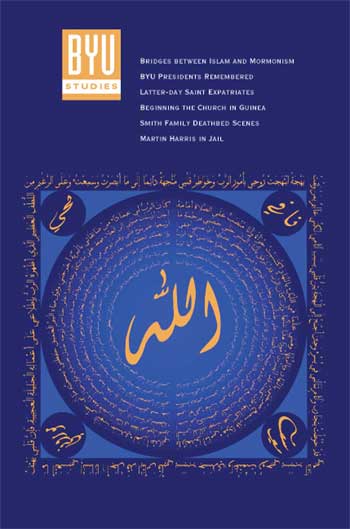
Muslim-Mormon Dialogue at Georgetown: The Perks of Being Peculiar
I know that I am a better Mormon on account of Muslim friends and hope that they will be able to say the same of me.
-
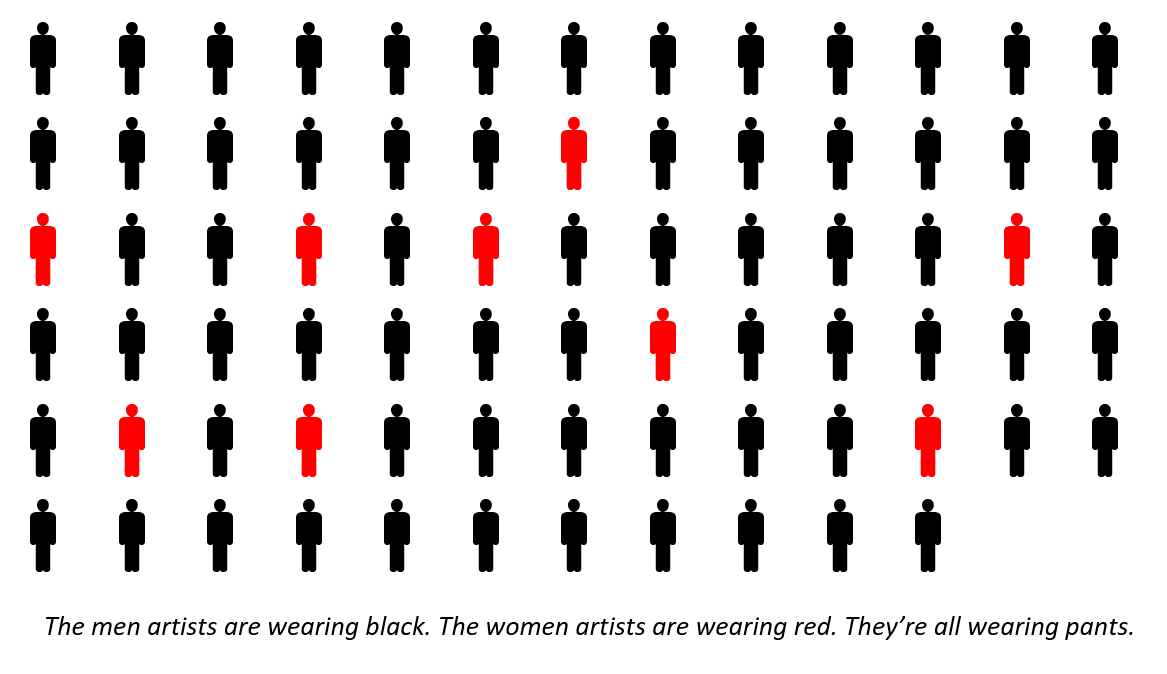
Where are the women artists in the Come, Follow Me manual?
As I started preparing family lessons using the Church of Jesus Christ of Latter-day Saints’s new Come, Follow Me manual, I was struck by the quantity of art. In addition to photos and screenshots from Church-produced videos, the manual includes 78 reproductions of paintings or stained-glass windows. Many lessons – particularly in the first half…
-
A Restored Gospel Christian Calendar
We sometimes speak of the idea of a holy envy—meaning something that we admire in another a religion. For years, while remaining active in my ward, I spent a considerable amount of time at a Presbyterian Church ringing English handbells. Over time, one feature of their worship that I developed a bit of a holy…
-
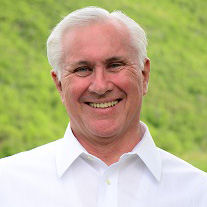
A Reaction to the Church’s Recent Essay on Book of Mormon Geography
Brant Gardner has kindly agreed to offer some comments on the recent Church essay on Book of Mormon geography. He’s a research assistant with Book of Mormon Central and arguably one of the top experts in the question of Book of Mormon geography. I’ve enjoyed discussing the Book of Mormon with Brant going way back…
-

Uto-Aztecan and Semitic: Too much of a good thing
Brian Stubbs’s argument for extensive ancient contact between Semitic and Proto-Uto-Aztecan has received some attention recently in Mormon apologetics, but I don’t think Stubbs’s proposal is going to pan out. First, though, a few important messages.
-
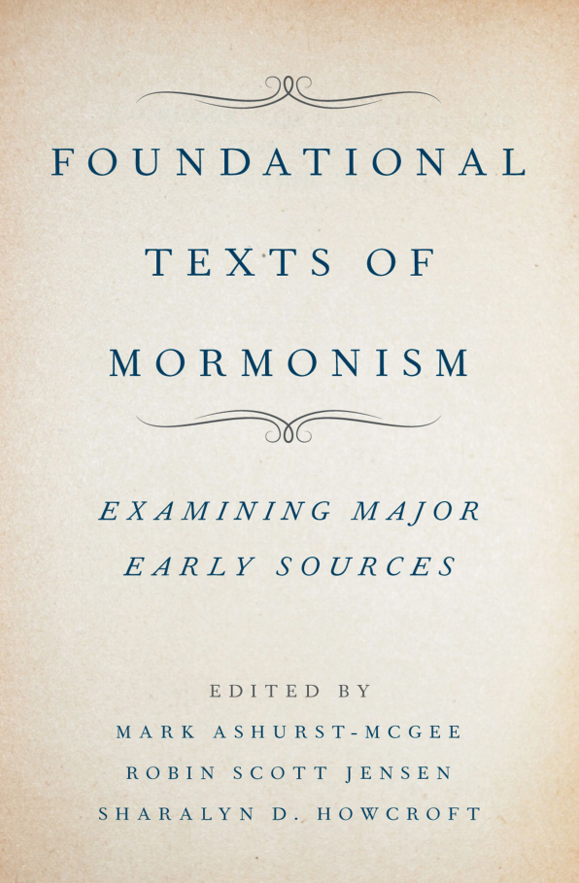
Review: Foundational Texts of Mormonism
Here’s the shortest review possible. If you’re even moderately interested in Church history or theology or even just in close reading of scripture you should get Foundational Texts of Mormonism. If it’s not already in your library, ask for it for Christmas.
-
The Expanded Canon: A Review
Several months ago, my wife Lissette gave a talk in sacrament meeting on the topic of modern prophets and continuing revelation. She wanted to provide something different, something the congregation could really chew on (no “theological Twinkies“). She ended up discussing how modern-day prophets model the process of revelation for us. Drawing on Elder Bednar’s analogy…
-
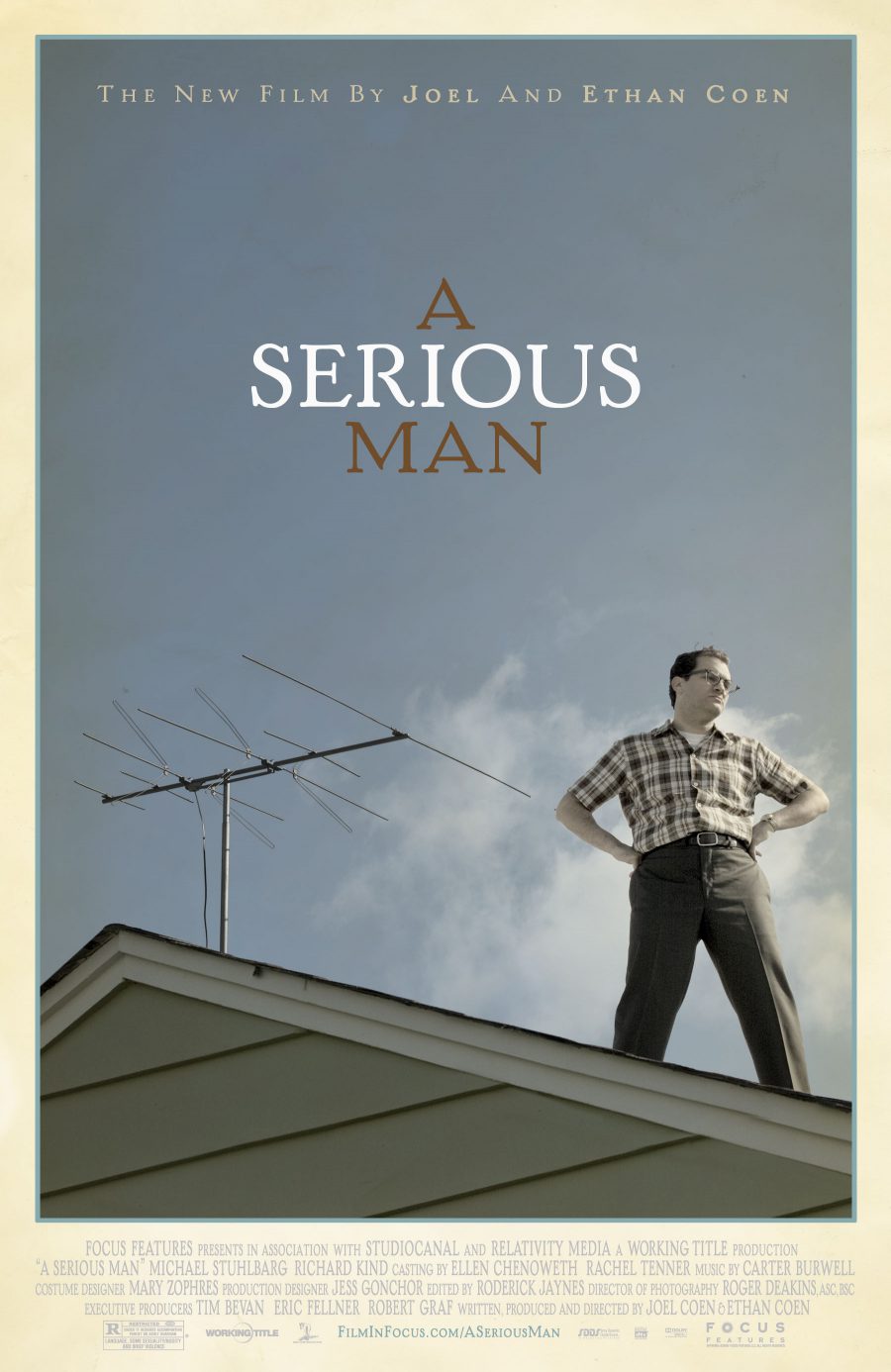
Trials, Tribulations, and a Movie: An LDS-themed Discussion of the Coen Brothers’ A SERIOUS MAN
A well-known axiom in both life and storytelling states that the matters we find most personal are also the most universal. Whether it’s film, literature, or some other medium, stories with the most specific and distinctive settings and points of view are usually those an audience will find most relatable. In the words of Robert…
-
Saints, Volume 1: A Review
About a week ago, the first volume of the new official history of the Church was published. I finished reading through it this weekend, and I have to say that it is fantastic. The style of prose reads like a novel (many creative authors were employed as the writers or consultants for the book), but…
